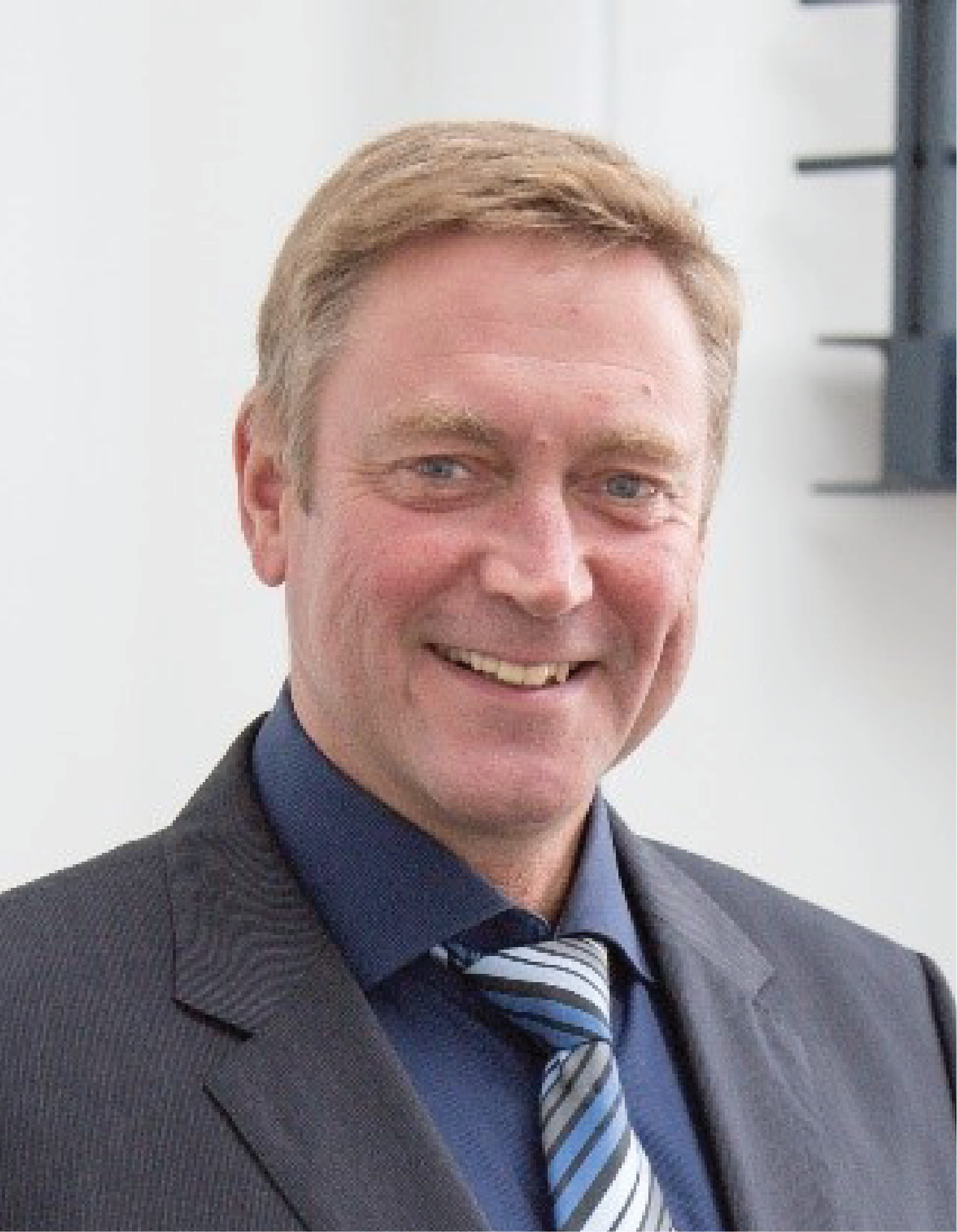International Conference on Plasma Sciences
6 - 10 December 2020, Singapore
Plenary speakers

Klaus-Dieter Weltmann
Chairman of the Board and Scientific Director of the Leibniz Institute for Plasma Science and Technology e.V. (INP), Greifswald, Germany"Atmospheric Pressure Plasmas for Selected Applications in Life Science"
Klaus-Dieter Weltmann
Chairman of the Board and Scientific Director of the Leibniz Institute for Plasma Science and Technology e.V. (INP), Greifswald, GermanyKlaus-Dieter Weltmann received his PhD in applied physics working on nonlinear dynamics in low temperature plasmas. In 1994, he was Visiting Scientist at West Virginia University. In 1995, he joined ABB Corporate Research Ltd., Switzerland, working on the development of switchgear. In 1998, he became the head of the High Voltage Systems Group of ABB. In 2000, he was appointed to lead the Research & Development unit Gas Insulated Switchgear at ABB High Voltage Technologies Ltd., Switzerland and later in 2002, he became Business Unit R&D Manager. Since 2003 he is Director of the Leibniz Institute for Plasma Science and Technology e.V. Since 2005, Weltmann investigates the use of plasmas in the field of life science with a special focus on the innovative field of plasma medicine. He initiated two major projects (ZIK plasmatis, Campus PlasmaMed) as well as the foundation of the "National Center for Plasma Medicine" in 2013, which bundles all plasma medicine activities in Germany. In cooperation with the University of Greifswald, Weltmann initiated and filled the world's first professorship in plasma medicine. Internationally, Weltmann is co-founder and co-director of the Applied Plasma Medicine Center in Seoul (Korea). Weltmann built up external branches of his institute at the University of Rostock and the Clinical Centre of Karlsburg, involving local partners. Following his innovative concept, physicists, biologists, chemists, engineers and medical doctors are gathered for cooperation within the clinical centres under the same roof. Weltmann co-edited the book "Comprehensive Clinical Plasma Medicine. Cold Physical Plasma for Medical Application", published by Springer in 2016. He was awarded the Plasma Physics Innovation Price of the European Physics Society in 2014 for his outstanding contributions to plasma physics, particularly in the field of Plasma Medicine. Other current main projects driven by Weltmann at INP cope with Plasma Agriculture ("Plasma for Food") and new methods and technologies for energy storage (Campfire). They benefit of important funding from the Federal Republic of Germany. Weltmann helds more than 45 patents. He aims to push the transfer of developed prototypes to products. This purpose is mainly pursued by the 5 institute's spin-offs.
Atmospheric Pressure Plasmas for Selected Applications in Life Science
Plasma medicine is a new field of research combining plasma physics, life science and clinical medicine. Basically, medical application of physical plasma comprises two principal approaches: i) use of plasma-based or plasma-supplemented techniques to treat surfaces, materials or devices to realize specific qualities in a medical background, and ii) direct application of physical plasma on or in the human (or animal) body to apply therapeutic effects based on direct interaction of plasma with living tissue. Plasma application for the treatment of medical materials or devices is an important subject of research for several years with very promising application concepts in hygiene for surface, air, water, or also food treatment, to prevent transmission of infections and to protect people against health hazards. The core area of plasma medicine focuses on the use of cold atmospheric plasma (CAP) in direct treatment of living cells and tissues and, finally, its application in therapeutic settings. Current medical applications are focused on the treatment of wounds and skin diseases. Combined with the ability to inactivate microorganisms including drug-resistant pathogens, the direct stimulation of tissue regeneration is the most important and unique feature of CAP for wound healing. Dependent on the treatment conditions, CAP is also able to inactivate mammalian cells, above all cancer cells. Therefore, application in cancer therapy is expected to be the next field of clinical plasma application. Accompanying basic research could show that biological plasma effects are mainly based on the action of reactive oxygen and nitrogen species (ROS, RNS) supported by UV radiation and electrical fields. A broad spectrum of different plasma sources has been designed mainly based on two basic types: dielectric barrier discharges (DBD) and plasma jets. Its individual adaptation to specific medical needs including its combination with technical units for continuous and real-time monitoring of both plasma performance and the target that is treated will lead to a new generation of CAP-based therapeutic systems.3 Moreover, based on detailed knowledge of plasma interaction with living structures, CAP application in agriculture is becoming a new promising field of plasma application in life sciences.